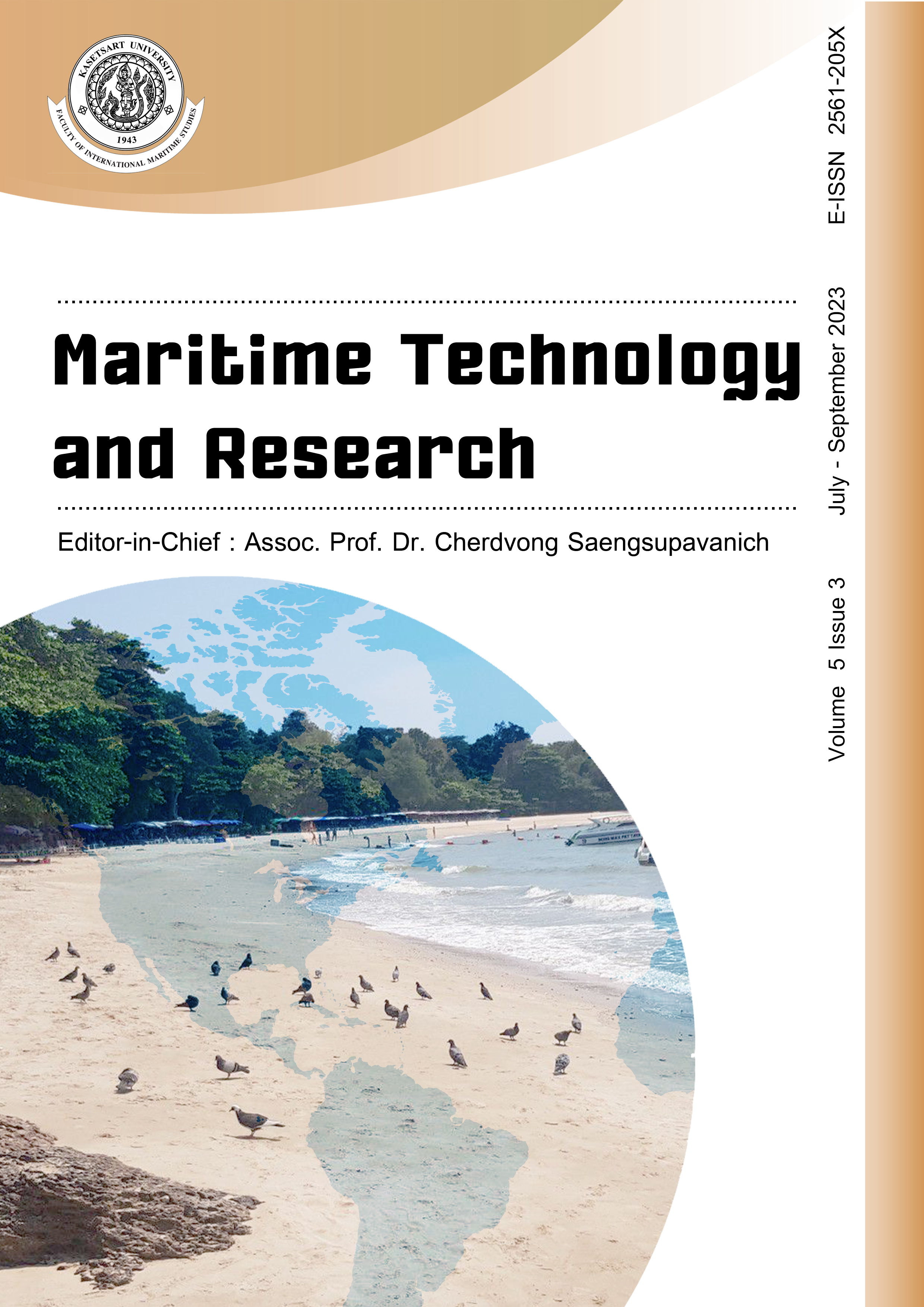The Heritage Impact Study Assessment (HIA) in the sustainable development of the Coast of Melaka
DOI:
https://doi.org/10.33175/mtr.2023.261338Keywords:
Coastal development, Heritage impact assessment, Melaka coast, Sustainable development planAbstract
Through the strategic plan of Melakaku Maju Jaya 2035 (PSMJ 2035), the State of Melaka has implemented several modern development policies aimed at triggering the economy and increasing the state’s revenue. One of the aspects applied is the question of land development in Melaka through the introduction of the Melaka-Waterfront Economic Zone (M-WEZ) project. This development project involves the development of an area of 10,117 hectares along the coast of Central Melaka. However, the results of this development planning have directly triggered a polemic among state policy planners and the National Heritage Department, since this development involves several very sensitive issues. Among the issues that are often raised is the preservation and conservation of the heritage and history of the state of Melaka. Therefore, the writing of this article will describe the role and process of Heritage Impact Assessment (HIA) as a conflict-solving tool in assessing the implications, as well as provide recommendations and mitigation measures that need to be implemented in any area to be developed, especially in the aspect of maritime HIA study, to enable both the sustainable development and maintenance of the historical heritage of the state of Melaka to move in line with development.
------------------------------------------------------------------------------
Cite this article: Muhamad, A., Husaini, A., Amirah, Y. (2023). The Heritage Impact Study Assessment (HIA) in the sustainable development of the Coast of Melaka. Maritime Technology and Research, 5(3), 261338. https://doi.org/10.33175/mtr.2023.261338
------------------------------------------------------------------------------
Highlights
- HIA acts as a conflict-solving tool in the dispute of heritage versus development in the Melaka coastal area
- Methodology used in the HIA study involves local oral history (interviewing informants), scientific survey, and visual survey
- Artifacts found in the Melaka coastal area in this HIA study are not so significant to the state's heritage and history
- Developers need to be careful during the reclamation stage as precautionary measures
- The establishment of the Heritage Impact Assessment study is a significant step forward regarding the conservation and protection of the cultural World Heritage values
References
Amat, R. C. (2019). Historic cities off the straits of Malacca UNESCO world heritage site: Threats and challenges. Journal of World Heritage Studies, 2019, 9-15. https://doi.org/10.15068/00157680
Ashrafi, B., Neugebauer, C., & Kloos, M. (2022). A conceptual framework for heritage impact assessment: A review and perspective. Sustainability, 14(27), 1-15. https://doi.org/10.3390/su14010027
Cortesao, A. (1944). The Suma Oriental of Tom Pires: An Account of the East from the Red Sea to Japan. Vol. 1. London: Hakluyt Society.
Flecker, M. (2005a). Final Report Malacca Shipwreck Survey 1. Maritime Explorations (M) Sdn. Bhd.
Flecker, M. (2005b). Report Brief Shipwreck Survey Near Pulau Upeh. Maritime Explorations (M) Sdn. Bhd.
Halimi. A. J. (2021). Perkapalan dan Perdagangan di Melaka (pp. 177-200.). In Ariffin, A. (Ed.). Kesultanan Melayu Melaka: Warisan, Tradisi dan Pensejarahan. Pulau Pinang: Penerbit USM.
ICOMOS. (2011). Guidance on Heritage Impact Assessments for Cultural World Heritage Properties. ICOMOS and World Heritage Centre.
Jabatan Warisan Negara. (2007). Laporan Akhir Projek Survei Kapal Karam Bersejarah Selat Melaka. Jabatan Warisan Negara, Kementerian Kebudayaan, Kesenian dan Warisan.
Melaka State Economic Planning Unit. (2021). Melakaku Maju Jaya 2035 Strategic Plan. Melaka State Economic Planning Unit.
Mills, J. V., & Cheah, B. K. (1997). Eredia’s description of Malacca. Journal of the Malaysian Branch of the Royal Asiatic Society, 71, 137-141.
Muhamad, A. (2001). Laporan Kajian Arkeologi Kota Melaka. Jabatan Muzium & Antikuiti.
Muhamad, A. (2018). Hubungan Jalinan Laluan Sutera Maritim antara Semenanjung Tanah Melayu dengan Siam Sejak Abad 14 Masihi Melalui Bukti Arkeologi Maritim. International Journal of the Malay World and Civilisation, 6(2), 3-15.
Muhamad, A. (2020). Penambakan Laut Seluas 300 Ekar Kawasan Bandar XLIV, Daerah Melaka Tengah, Melaka: Dari Perspektif Kajian Impak Warisan (HIA). Institut Alam & Tamadun Melayu.
Muhamad, A. (2022). Penambakan Laut Seluas 735 Ekar di Tanah Kerajaan, Kawasan Bandar XLV, Daerah Melaka Tengah, Melaka: Dari Perspektif Kajian Impak Warisan (HIA). Institut Alam & Tamadun Melayu.
National Heritage Act 645. (2006). Part IX: Underwater Cultural Heritage. The Commissioner of Law Revision, Malaysia.
Nordin, M. (2021). Peperangan pada era Kesultanan Melayu Melaka (pp. 289-313). In Azmi Ariffin, A. (Ed.). Kesultanan Melayu Melaka: Warisan, Tradisi dan Pensejarahan. Pulau Pinang: Penerbit USM.
Orillaneda, B. C. (2016). Of ships and shipping: The maritime archaeology of Fifteenth Century CE Southeast Asia (pp. 29-57). In Chunming, W. (Ed.). Early Navigation in the Asia-Pacific Region: A Maritime Archaeological Perspective. Springer. https://doi.org/10.1007/978-981-10-0904-4_2
Rogers, A. P. (2017). Assessment Heritage Impact (HIA) (pp. 1-7). In Varela, S. L. L. V. (Ed.). SAS Encyclopedia of Archaeological Sciences. Wiley Online Library.
Rogers, A. P. (2017). Built heritage and development: Heritage Impact Assessment of Change in Asia. Built Heritage, 1(2), 16-28. https://doi.org/10.1186/BF03545660
Rogers, A. P., Bond, A., & Teller, J. (2013). Determining effectiveness in heritage impact assessments. In Proceedings of the 13 Conference Proceedings: Impact Assessment the Next Generation, 33rd Annual Meeting of the International Association for Impact Assessment. Alberta, Canada.
UNESCO/ICCROM/ICOMOS/IUCN. (2022). Guidance and Toolkit for Impact Assessments in a World Heritage Context. Paris: UNESCO.
Downloads
Published
Issue
Section
License
Copyright (c) 2023 Maritime Technology and Research

This work is licensed under a Creative Commons Attribution-NonCommercial-NoDerivatives 4.0 International License.
Copyright: CC BY-NC-ND 4.0








